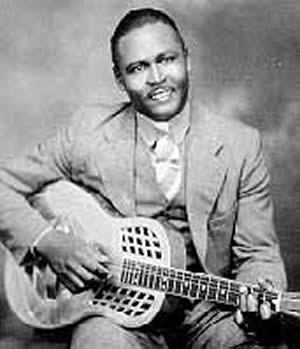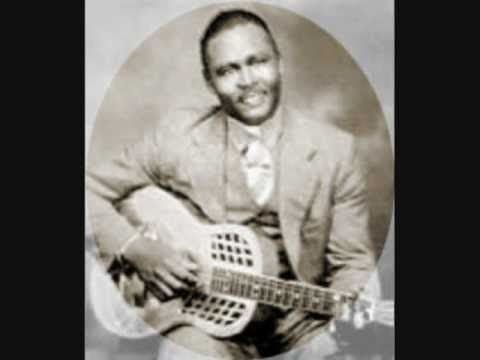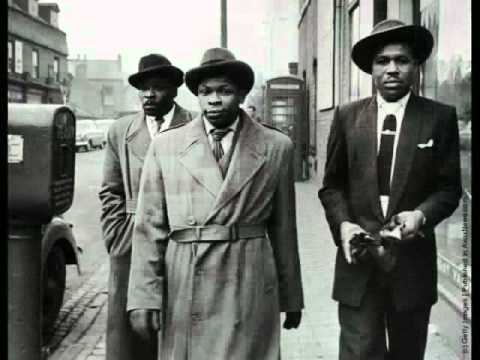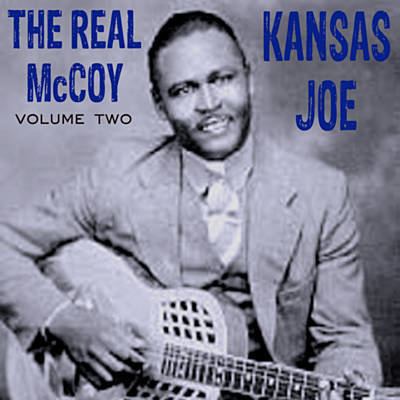Birth name Joe McCoy Name Kansas McCoy Role Musician | Movies The Keeper, Lola Instruments Guitar | |
 | ||
Also known as Kansas Joseph Allen McCoy, many others Born May 11, 1905 ( 1905-05-11 ) Died January 28, 1950, Chicago, Illinois, United States Albums 1929-1934 Recordings in Chronological Order, Volume 2: 5 June 1930 to 30 January 1931 Siblings Papa Charlie McCoy, Charlie McCoy Similar People Memphis Minnie, Papa Charlie McCoy, Charlie McCoy, Kokomo Arnold, Arthur Crudup | ||
Occupation(s) Musician, songwriter | ||
Kansas joe mccoy and memphis minnie when the levee breaks famous 1927 mississippi river flood
Wilbur "Kansas Joe" McCoy (May 11, 1905 – January 28, 1950) was an American Delta blues musician and songwriter.
Contents
- Kansas joe mccoy and memphis minnie when the levee breaks famous 1927 mississippi river flood
- Memphis minnie kansas joe mccoy pile driver blues
- Career
- Death and legacy
- Pseudonyms
- Posthumous recognition
- References

Memphis minnie kansas joe mccoy pile driver blues
Career

McCoy played music under various stage names but is best known as Kansas Joe McCoy. Born in Raymond, Mississippi, he was the older brother of the blues accompanist Papa Charlie McCoy. As a young man, McCoy was drawn to the music scene in Memphis, Tennessee, where he played guitar and sang during the 1920s. He teamed up his with future wife, Lizzie Douglas, a guitarist better known as Memphis Minnie, and their 1930 recording of the song "Bumble Bee" for Columbia Records was a hit. In 1930, the couple moved to Chicago, where they were an important part of the burgeoning blues scene there. After they were divorced, McCoy teamed up with his brother to form the Harlem Hamfats, a band that performed and recorded during the second half of the 1930s.

In 1936, the Harlem Hamfats released their recording of the song "The Weed Smoker's Dream". McCoy later refined the tune, changed the lyrics and retitled the song "Why Don't You Do Right?" for Lil Green, who recorded it in 1941. It was covered a year later by both Benny Goodman and Peggy Lee, becoming Lee's first hit single. "Why Don't You Do Right?" remains a jazz standard and is McCoy's most enduring composition.

At the outbreak of World War II Charlie McCoy entered the military, but a heart condition kept Joe McCoy from service. He formed a band, Big Joe and his Rhythm, which performed during most of the 1940s. The band featured Robert Nighthawk on harmonica and Charlie McCoy on mandolin.
Death and legacy

McCoy died of heart disease in Chicago in 1950, at the age of 44, only a few months before Charlie died. They are both buried in Restvale Cemetery, in Alsip, Illinois.

Led Zeppelin vocalist Robert Plant took a recording of "When the Levee Breaks," by McCoy and Memphis Minnie, which was in his personal collection, to guitarist Jimmy Page, who revamped the music, and the band recorded it, with most of the original lyrics (Minnie was credited on the record), for Led Zeppelin's 1971 album, Led Zeppelin IV.
McCoy's songs have also been covered by Bob Dylan, John Mellencamp, the Ink Spots, Ella Fitzgerald, Jo Ann Kelly, Cleo Laine and A Perfect Circle.
Pseudonyms
McCoy also performed and recorded under the names Bill Wither, Georgia Pine Boy, Hallelujah Joe, Big Joe McCoy and His Washboard Band, and the Mississippi Mudder. He also used the names Hamfoot Ham, Hillbilly Plowboy, and Mud Dauber Joe.
Posthumous recognition
Like many blues musicians of his era, Joe McCoy's grave site was originally unmarked. A tribute concert was held in October 2010 to celebrate the music of Joe and Charlie McCoy and to buy gravestones for each of them; they were installed on May 31, 2011.
